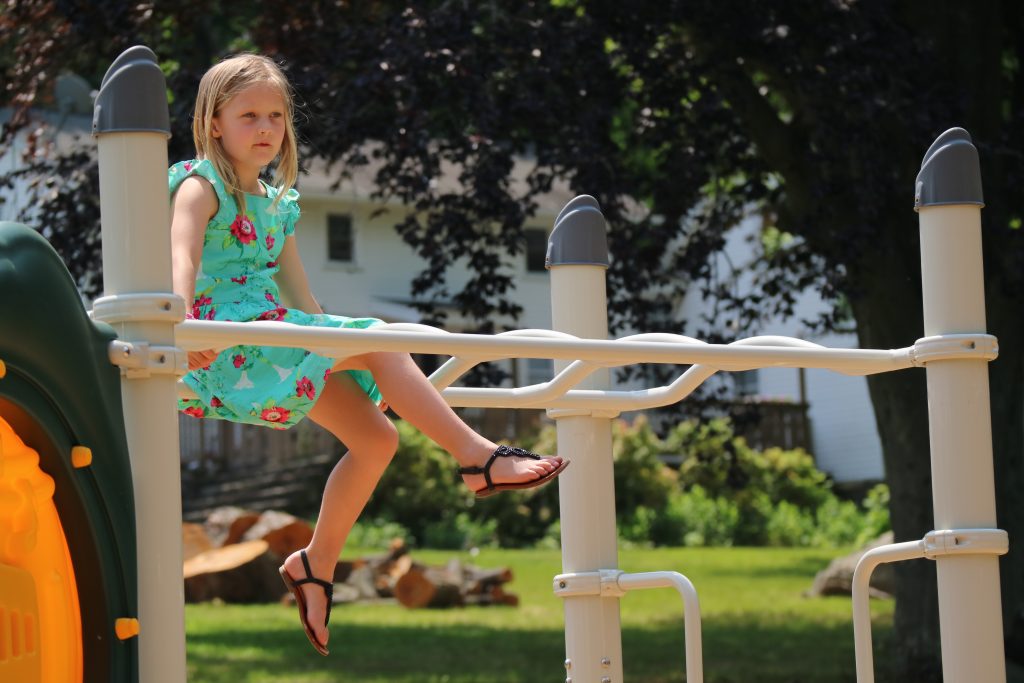Playground code handbooks and inspectors frequently refer to something called “Critical height”. It is a key part in the design of a playground. Critical Height determines what surfacing materials will be appropriate to use for a playground. It is important that anyone involved in the design and maintenance of a playground can understand the term. The critical height is the distance a child can theoretically fall without experiencing a life-threatening head injury. This height varies depending on the type of surfacing materials used. Different materials have different impact attenuation ratings. Impact attenuation is the ability of a material to absorb shock. Materials with a lower rating will have a lower critical fall height. If children fall from greater heights onto a surface with a lower rating, they are more likely to have a serious injury.
Picking the Right Playground Surfacing
Playground surfacing should be chosen based on the height of equipment installed in a playground. The height of any play surface must be less than the critical height in order to maintain proper playground safety. Surfacing materials with a lower rating cannot be used in playgrounds with taller equipment. The chances of serious or life-threatening head injury increase when the wrong surfacing is used.
Manufacturers of playground surfacing materials should have information regarding the ASTM ratings of their products readily available. It is important to buy from manufacturers who are honest and transparent about their products to make sure that you are buying quality materials that have been tested for safety. Selecting the appropriate surfacing material, and then maintaining it properly, is a key part of having a playground that is safe and up to code.

